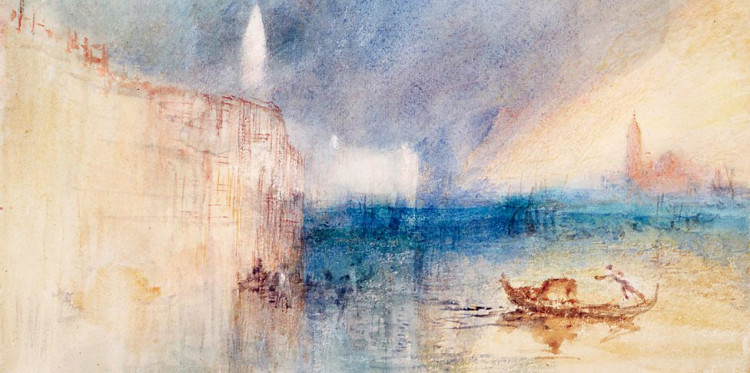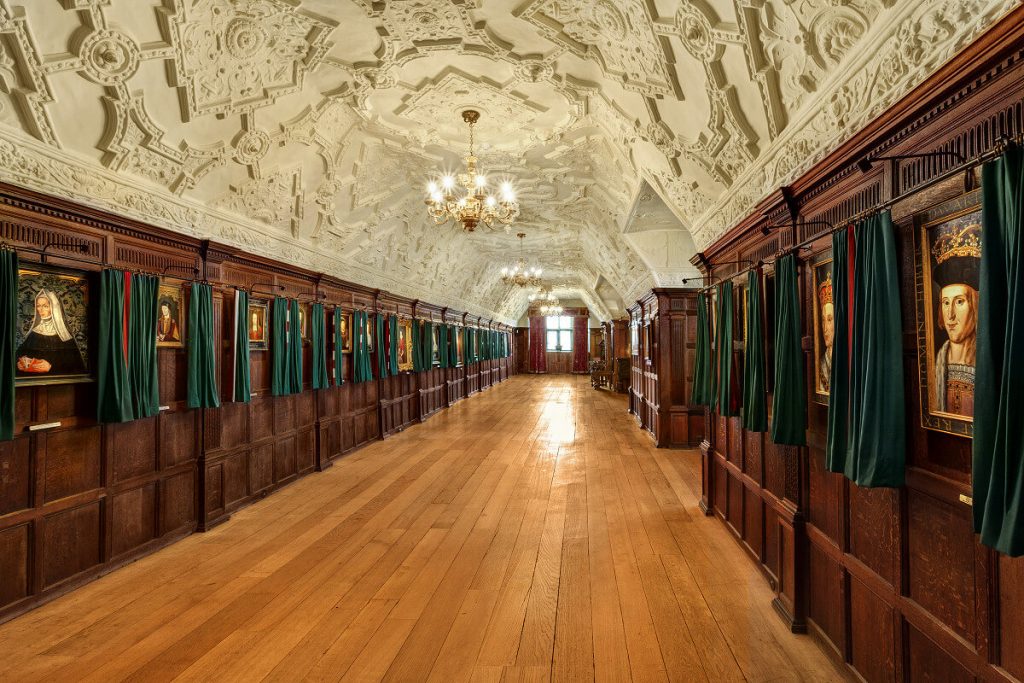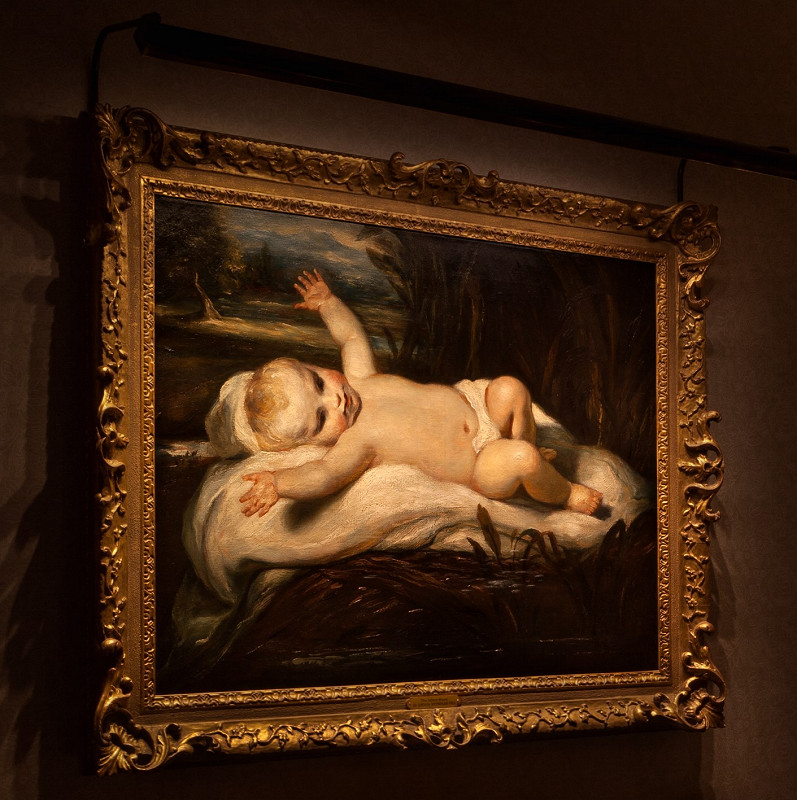Minimising the impact of light on artwork and the Vaughan Turners
I first came across the story of the Vaughan Turner collections on the BBC website in 2016; two collections of delicate watercolours by JMW Turner, collected by Henry Vaughan and left to the National Gallery of Ireland and the Scottish National Gallery. They’re striking for a few reasons but what grabbed me first is that these two collections are only shown in January when the sun is weakest.

It was Vaughan himself who stipulated the pictures should only be shown in January. He was acutely aware of the damage that could be caused by daylight. It’s a reminder of how careful we need to be in enjoying our precious artwork.
Awareness of light and protecting pictures from it isn’t a recent discovery. One of the notable features of the new exhibition we’ve lit at Hever Castle is the use of traditional individual curtains for each portrait. Historically they provided protection against light as well as a decorative backdrop for the paintings. David Starkey, guest curator of the exhibition at Hever, believes portraits dressed in this way would only have had the curtains opened in the presence of the king.

All light is damaging to a greater or lesser extent. When they’re not on display in Ireland, the Turners are kept in an antique cabinet made for Vaughan to protect his pictures. While safe, this does nothing for enjoying the paintings. For owners wanting to enjoy their artwork whilst minimising damage we’ve some recommendations on how best to light them.
How to minimise the damaging impact of light on artwork
There isn’t a “one size fits all” rule for the amount of “acceptable” light. It depends on the medium of the artwork (textiles and watercolours are more light sensitive than oils and acrylics) and how many hours a day the art is exposed to light. We’d recommend you should:
- Minimise the exposure to daylight. Daylight is particularly harmful as it contains ultra-violet (UV) and infra-red (IR) light, which are the most damaging.
- Use very good quality LED light sources rather than tungsten and halogen. These incandescent sources, like daylight, contain UV and IR light.
- Use UV filters.
- Choose the best colour temperature to suit the medium.
- Light the paintings to the minimum acceptable level, balancing the needs of the viewer with the needs of the painting.
- Turn the lights down or better, off if the room is not in use.
Use the best quality LED light sources to light your pictures

We use the best quality LED light sources we can find. The ArtView is a bespoke picture light designed to light large and significant works of art. We can dim them using a range of protocols. This means we can dim to exceptionally low levels. This allows us to deliver the minimum acceptable level of light. ArtViews come fitted with UV filters. We can specify a range of colour temperatures and typically spec a less damaging 2700K which gives a good balance of Colour Rendering accuracy against impact. Finally we can integrate the picture lights into a lighting control system making it even easier to light the pictures at the level you want only at the time you want.
ArtView is a bespoke product as each is made to suit the characteristics of the piece it is designed to light. Learn more about how to get the most from your art with the ArtView picture light here.
Where to see the two Turner collections
So back to the inspiration for the article. The bequeathed Vaughan collections are on show now. The two exhibitions, Turner: The Vaughan Bequest at the National Gallery of Ireland in Dublin, and Turner in January at the Scottish National Gallery in Edinburgh are both on display from 1st to 31st January 2019.
External Links
Northern light: Turner watercolours in midwinter – Read more about the two collections on the BBC website
National Gallery of Ireland
Scottish National Gallery

